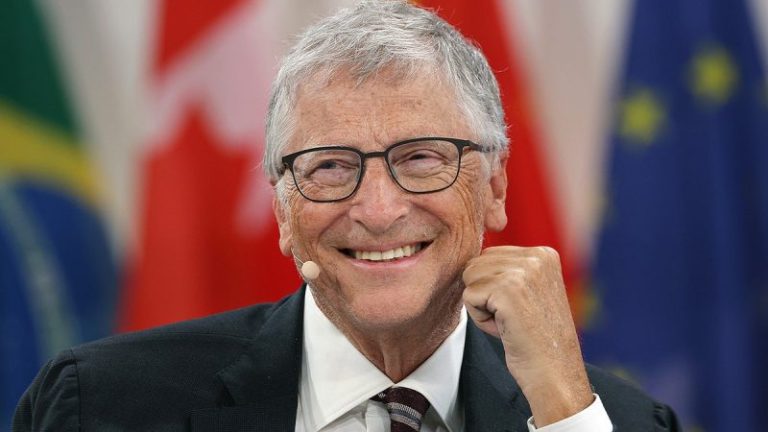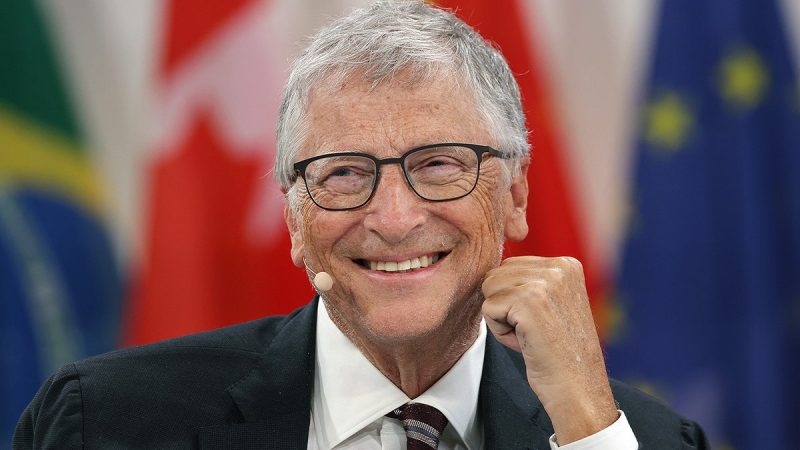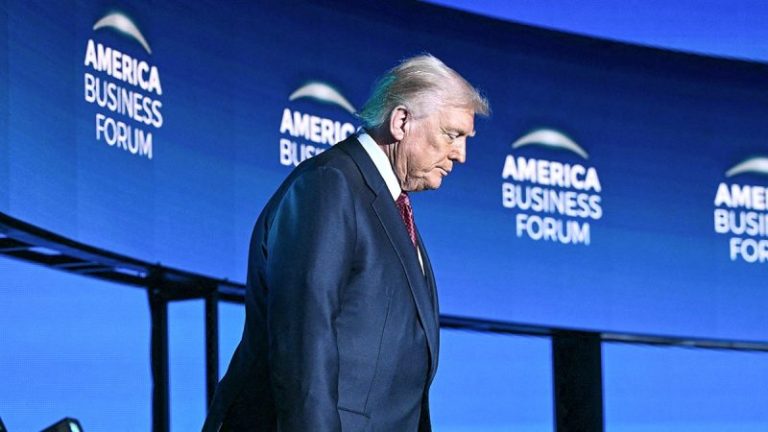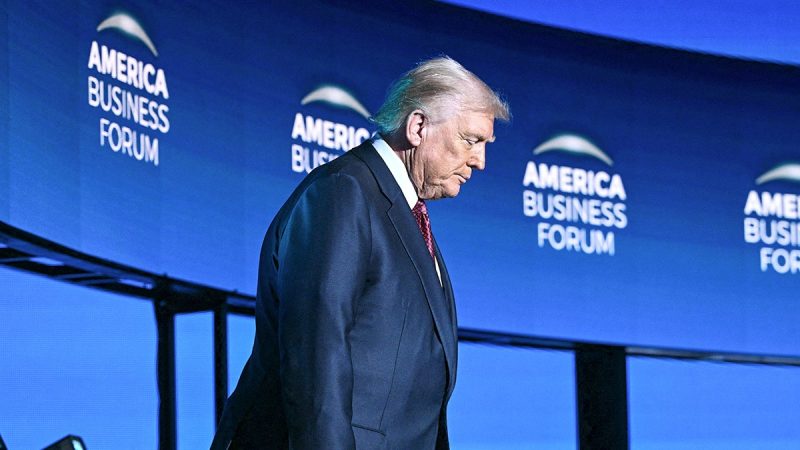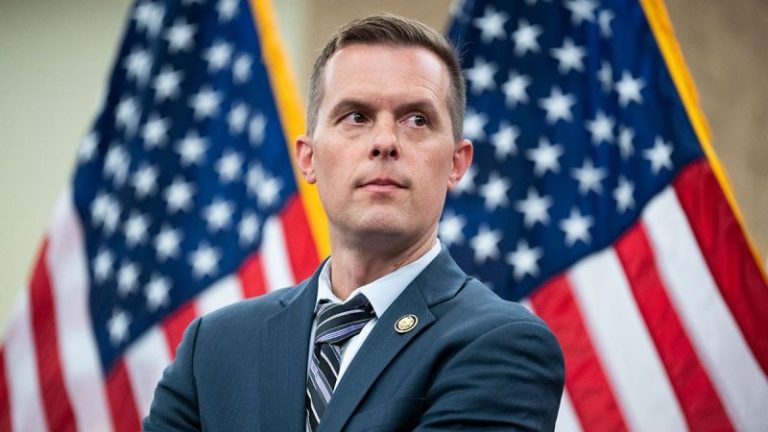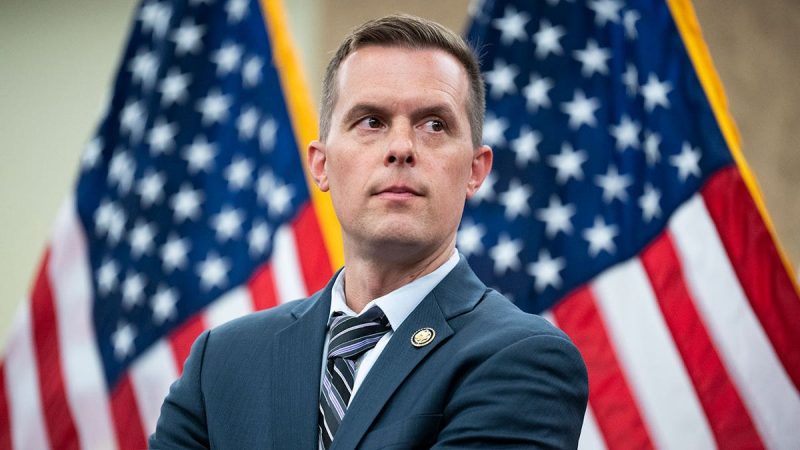Standard Uranium Ltd. (TSXV: STND,OTC:STTDF) (OTCQB: STTDF) (FSE: 9SU0) (‘Standard Uranium’ or the ‘Company’) is pleased to outline extensive exploration plans for 2026 and present a summary of successful 2025 exploration activities. Exploration plans in 2026 will include high-resolution geophysics and targeted drill programs across multiple uranium projects in the Athabasca Basin, northern Saskatchewan.
Highlights:
-
Drilling All Year – Diamond drilling programs are planned across multiple projects in 2026, including the Company’s flagship Davidson River project, and partner-funded programs on the Corvo and Rocas projects.
-
Building Value – The Company will drive meaningful exploration and build shareholder value through exploration on Davidson River while partner-funded programs provide additional exploration upside and minimize investor risk and dilution.
Jon Bey, CEO of Standard Uranium, commented, ‘2026 is poised to be the Company’s most active exploration season to date. With new option agreements in place for the Corvo and Rocas projects, and Davidson River now drill-ready with new high-priority target areas identified via the first Exosphere Multiphysics survey in the southwestern Athabasca, we are pleased to share that we continue to advance our uranium exploration portfolio toward discovery. We firmly believe the uranium market will remain one o the few bright spots in the investment landscape ahead.’

Figure 1. Athabasca Basin overview, highlighting Standard Uranium’s active projects.
To view an enhanced version of this graphic, please visit:
https://images.newsfilecorp.com/files/10633/273368_a85d646c64fe5aed_001full.jpg
2026 Exploration Plans
Davidson River Project
New and refined target areas across the Warrior, Bronco, and Thunderbird conductor corridors have been identified through high-resolution 3D imaging of basement structures and potential alteration zones, providing key targeting information for spring 2026 drilling. The Company has secured all drill permits, signed Exploration Agreements with its Clearwater River Dene Nation (‘CRDN‘) partners, retained all essential vendors, and plans to initiate an aggressive drill program in early spring 2026 to begin testing new targets with approximately 8,000 metres planned.
Corvo Project
In December 2025, the Company plans to complete an extensive 50 m x 200 m ground gravity survey covering more than 29 km of conductive strike length, which will aid in identifying density anomalies that may represent hydrothermal alteration systems when coinciding with uranium fertile EM conductor trends.
Following the gravity survey, a skid-assisted diamond drill program totalling approximately 3,000 metres is planned for winter 2026, which will mark the first drill program on the Project in more than 40 years. Drilling will target high-priority areas including the never-before-drilled Manhattan Showing and newly-identified radioactive occurrences across the property.
Rocas Project
The Company completed a high-resolution ground gravity survey in 2024, and Convolutions Geoscience completed the processing, interpretation, and modeling of the gravity data. The survey identified several density-low anomalies coinciding with historical surface mineralization, lakebed geochemical anomalies, and cross-cutting fault zones along the Project’s known conductive exploration trends.
Standard Uranium plans to conduct the first-ever drill program on the Project in winter 2026, comprising approximately 1,800 metres, to begin testing high-priority zones along the main 7.5-kilometre magnetic low/EM conductive corridor which hosts several uranium showings and has remained untested to date.
Sun Dog Project
The Company plans to complete 3D modeling and inversions of EM and gravity data collected across the project in 2024 and 2025. Integration of geophysical products with surficial sampling and drilling results to date will help refine drill targets for a future partner-funded drill program.
2025 Exploration Summary
Davidson River Project
In May of 2025, a Fleet ExoSphere Multiphysics Survey was competed across key areas of the Thunderbird, Bronco, and Warrior trends. Combined 3D Ambient Noise Tomography (‘ANT‘) and Horizontal-to-Vertical Spectral Ratio (‘HVSR‘) velocity models and constrained ground gravity block models have been generated1.
Distinct gravity-low anomalies interpreted as potential hydrothermal alteration zones have been identified across all three corridors. These overlap known EM conductors, extrapolated basement faults from previous drilling, and basement velocity lows – indicating structural disruption or favorable lithological contrasts. Several new targets also align with ALS GoldSpot EM SmartMatch anomalies generated through machine-learning comparisons to the neighbouring Arrow and Triple R uranium deposits.

Figure 2. Fleet ExoSphere Multiphysics surveys on the Davidson River Project.
To view an enhanced version of this graphic, please visit:
https://images.newsfilecorp.com/files/10633/273368_a85d646c64fe5aed_002full.jpg
Sun Dog Project
In early 2025, MWH Geo-Surveys (Canada) Ltd. completed high-resolution ground gravity surveys across the Armbruster South, Wishbone, and McNie target areas, refining high-priority drill targets by identifying potential hydrothermal alteration zones associated with EM conductors.
Third-party processing of the gravity data by Convolutions Geoscience identified density-low bullseyes and high-contrast gravity zones. Where these anomalies coincide with faults, EM conductors, surface uranium showings, and lakebed geochemical anomalies, multiple new prospective target zones have been defined. Additionally, assays from the 2024 drill program, which tested the newly identified Wishbone target area, returned anomalous uranium in all eight drill holes2.
The Sun Dog Project is currently under a three-year earn-in option agreement with Aero Energy Ltd. (TSXV: AERO).

Figure 3. High resolution ground gravity survey coverage of the Sun Dog Project
To view an enhanced version of this graphic, please visit:
https://images.newsfilecorp.com/files/10633/273368_a85d646c64fe5aed_003full.jpg
Atlantic and Rocas Projects
MWH Geo-Surveys (Canada) Ltd. completed high-resolution ground gravity surveys along known conductive exploration trends on the Rocas project and spanning the central claims of the Atlantic project. Inversion and modeling of high-resolution ground gravity surveys was completed for each project, identifying density-low anomalies coincident with surface mineralization, lakebed geochemical anomalies, EM conductors, and crosscutting faults.
These results have led to the delineation of new anomalous zones and drill targets.
Corvo Project
Earlier this year, the Company engaged Axiom Exploration Group Ltd., in partnership with New Resolution Geophysics, to complete a helicopter-borne Xcite time-domain electromagnetic and magnetic survey over the Corvo Project. The survey outlined several kilometres of bedrock conductors and magnetic features and enhanced the resolution of over ~29 km of conductive trends.
In July of 2025, Standard Uranium completed the Company’s first prospecting and mapping program on the project with the objective of ground-truth sampling historical uranium showings including the Manhattan Showing, which returned results up to 59,800 ppm uranium (total digestion). The Company identified zones of off-scale radioactivity (>65,535 cps on a handheld RS-125 Super-Spec) and collected hand samples which returned results ranging from 0.72% to 8.10% U₃O₈3, the highest grades ever reported on the project. New drill targets were developed based on previously undocumented radioactive showings, and an NI 43-101 technical report was filed on the project, highlighting high-grade surface mineralization at the Manhattan Showing4.
A high-resolution ground gravity survey is planned to be completed in 2026, which will cover the main conductive trends to identify potential hydrothermal alteration halos commonly associated with basement-hosted uranium mineralization. This additional data will further refine drill targets.
The Corvo Project is currently under a three-year earn-in option agreement with Aventis Energy Inc. (CSE: AVE).
Rocas Project
In September of 2025, Standard Uranium completed a detailed prospecting and mapping program on the Project. Historical grab sample assays have returned up to 0.498% U₃O₈, while preliminary results of the prospecting and mapping program identified anomalous radioactivity up to 33,000 cps, as well as 10 separate measurements of greater than 10,000 cps5. Geochemical assay results are anticipated in the coming months.
Paired with the results from a high-resolution ground gravity survey completed in 2024, this highlights potential alteration halos and identify high-priority exploration targets along well-defined structural corridors.
The Rocas Project is currently under a three-year earn-in option agreement with Collective Metals Inc. (CSE: COMT).
Incentive Grant
The Company also announces that it has granted a total of 1,475,000 incentive stock options (the ‘Options‘) and 3,350,000 restricted share units (the ‘RSUs‘) to certain directors, officers and consultants in accordance with its omnibus incentive plan. The Options vest and become exercisable in five equal parts, with the first 20% vesting upon the date of grant and each additional 20% vesting every three months over a twelve-month period. The Options are exercisable at a price of $0.11 until November 6, 2030. The RSUs will vest and settle in common shares of the Company on November 6, 2026, provided the holder continues to be eligible as of that date.
Qualified Person Statement
The scientific and technical information contained in this news release has been reviewed, verified, and approved by Sean Hillacre, P.Geo., President and VP Exploration of the Company and a ‘qualified person’ as defined in NI 43-101 – Standards of Disclosure for Mineral Projects.
Historical data disclosed in this news release relating to sampling results from previous operators are historical in nature. Neither the Company nor a qualified person has yet verified this data and therefore investors should not place undue reliance on such data. The Company’s future exploration work may include verification of the data. The Company considers historical results to be relevant as an exploration guide and to assess the mineralization as well as economic potential of exploration projects. Any historical grab samples disclosed are selected samples and may not represent true underlying mineralization.
References
1 News Release: Standard Uranium Generates New High-Priority Uranium Targets at Flagship Davidson River Project Following ExoSphere Multiphysics Surveys, https://standarduranium.ca/news-releases/standard-uranium-generates-new-high-priority-uranium-targets-at-flagship-davidson-river-project-following-exosphere-multiphysics/
2 News Release: Standard Uranium and Aero Energy Report New Gravity Survey Targets and Assay Results, Sun Dog Project, Northwest Athabasca Basin, https://standarduranium.ca/news-releases/standard-uranium-and-aero-energy-report-new-gravity-survey-targets-and-assay-results-sun-dog-project-northwest-athabasca-basin/
3 News Release: Standard Uranium Confirms High-Grade Uranium Mineralization up to 8.10% U3O8 at Surface on the Corvo Project, https://standarduranium.ca/news-releases/standard-uranium-confirms-high-grade-uranium-mineralization-at-surface-on-the-corvo-project/
4 News Release: Standard Uranium Announces Filing of NI 43-101 Technical Report on the Corvo Uranium Project, Northern Saskatchewan, https://standarduranium.ca/news-releases/standard-uranium-announces-filing-of-ni-43-101-technical-report-on-the-corvo-uranium-project-northern-saskatchewan/
5 News Release: Standard Uranium Confirms Strong Radioactivity at Surface During Successful Exploration Program at the Rocas Uranium Project, https://standarduranium.ca/news-releases/standard-uranium-confirms-strong-radioactivity-at-surface-during-successful-exploration-program-at-the-rocas-uranium-project/
*The Company considers uranium mineralization with concentrations greater than 1.0 wt.% U3O8 to be ‘high-grade’.
About Standard Uranium (TSXV: STND,OTC:STTDF)
We find the fuel to power a clean energy future
Standard Uranium is a uranium exploration company and emerging project generator poised for discovery in one of the world’s premier uranium districts. The Company holds interest in over 235,435 acres (95,277 hectares) in the Athabasca Basin in Saskatchewan, Canada. Since its establishment, Standard Uranium has focused on the identification, acquisition, and exploration of Athabasca-style uranium targets with a view to discovery and future development.
Standard Uranium’s Davidson River Project, in the southwest part of the Athabasca Basin, Saskatchewan, comprises ten mineral claims over 30,737 hectares. Davidson River is highly prospective for basement-hosted uranium deposits due to its location along trend from recent high-grade uranium discoveries. However, owing to the large project size with multiple targets, it remains broadly under-tested by drilling. Recent intersections of wide, structurally deformed and strongly altered shear zones provide significant confidence in the exploration model and future success is expected.
Standard Uranium’s eastern Athabasca projects comprise over 43,185 hectares of prospective land holdings. The eastern basin projects are highly prospective for unconformity related and/or basement hosted uranium deposits based on historical uranium occurrences, recently identified geophysical anomalies, and location along trend from several high-grade uranium discoveries.
Standard Uranium’s Sun Dog project, in the northwest part of the Athabasca Basin, Saskatchewan, is comprised of nine mineral claims over 19,603 hectares. The Sun Dog project is highly prospective for basement and unconformity hosted uranium deposits yet remains largely untested by sufficient drilling despite its location proximal to uranium discoveries in the area.
For further information contact:
Jon Bey, Chief Executive Officer, and Chairman
Suite 3123, 595 Burrard Street
Vancouver, British Columbia, V7X 1J1
Tel: 1 (306) 850-6699
E-mail: info@standarduranium.ca
Cautionary Statement Regarding Forward-Looking Statements
This news release contains ‘forward-looking statements’ or ‘forward-looking information’ (collectively, ‘forward-looking statements’) within the meaning of applicable securities legislation. All statements, other than statements of historical fact, are forward-looking statements and are based on expectations, estimates and projections as of the date of this news release. Forward-looking statements include, but are not limited to, statements regarding: the timing and content of upcoming work programs; geological interpretations; timing of the Company’s exploration programs; and estimates of market conditions.
Forward-looking statements are subject to a variety of known and unknown risks, uncertainties and other factors that could cause actual events or results to differ from those expressed or implied by forward-looking statements contained herein. There can be no assurance that such statements will prove to be accurate, as actual results and future events could differ materially from those anticipated in such statements. Certain important factors that could cause actual results, performance or achievements to differ materially from those in the forward-looking statements are highlighted in the ‘Risks and Uncertainties’ in the Company’s management discussion and analysis for the fiscal year ended April 30, 2025.
Forward-looking statements are based upon a number of estimates and assumptions that, while considered reasonable by the Company at this time, are inherently subject to significant business, economic and competitive uncertainties and contingencies that may cause the Company’s actual financial results, performance, or achievements to be materially different from those expressed or implied herein. Some of the material factors or assumptions used to develop forward-looking statements include, without limitation: the future price of uranium; anticipated costs and the Company’s ability to raise additional capital if and when necessary; volatility in the market price of the Company’s securities; future sales of the Company’s securities; the Company’s ability to carry on exploration and development activities; the success of exploration, development and operations activities; the timing and results of drilling programs; the discovery of mineral resources on the Company’s mineral properties; the costs of operating and exploration expenditures; the presence of laws and regulations that may impose restrictions on mining; employee relations; relationships with and claims by local communities and indigenous populations; availability of increasing costs associated with mining inputs and labour; the speculative nature of mineral exploration and development (including the risks of obtaining necessary licenses, permits and approvals from government authorities); uncertainties related to title to mineral properties; assessments by taxation authorities; fluctuations in general macroeconomic conditions.
The forward-looking statements contained in this news release are expressly qualified by this cautionary statement. Any forward-looking statements and the assumptions made with respect thereto are made as of the date of this news release and, accordingly, are subject to change after such date. The Company disclaims any obligation to update any forward-looking statements, whether as a result of new information, future events or otherwise, except as may be required by applicable securities laws. There can be no assurance that forward-looking statements will prove to be accurate, as actual results and future events could differ materially from those anticipated in such statements. Accordingly, readers should not place undue reliance on forward-looking statements.
Neither the TSX-V nor its Regulation Services Provider (as that term is defined in the policies of the TSX-V) accepts responsibility for the adequacy or accuracy of this release.

To view the source version of this press release, please visit https://www.newsfilecorp.com/release/273368


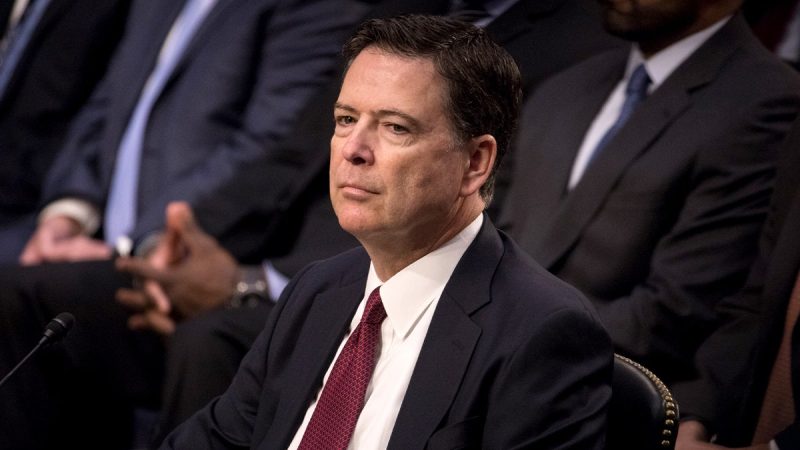

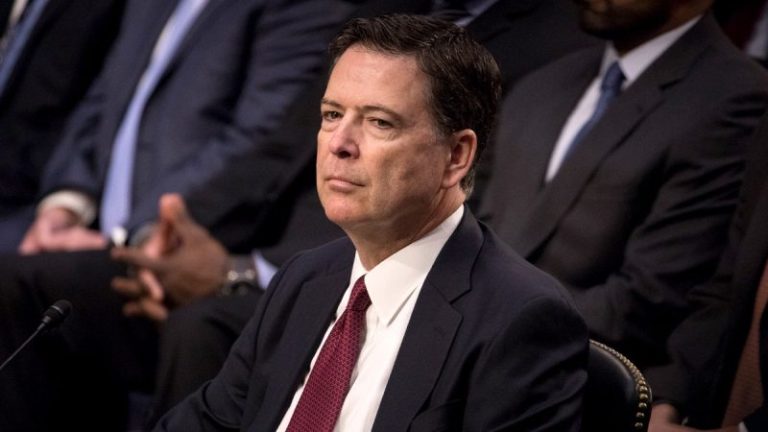















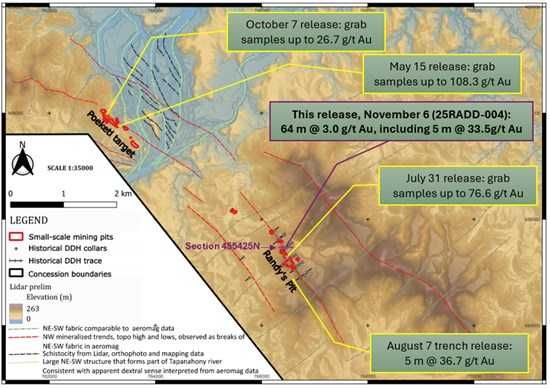






 helicopter-borne Time Domain Electromagnetic (TDEM) survey was flown by Axiom Exploration Group Ltd. over the Project, covering approximately 136 line-km. The survey simultaneously collected electromagnetic, magnetic, and radiometric data to map conductive, magnetic, and radiometric variations related to prospective uranium-bearing structures. The survey was flown in addition to Mustang’s nearby Spur project TDEM survey.
helicopter-borne Time Domain Electromagnetic (TDEM) survey was flown by Axiom Exploration Group Ltd. over the Project, covering approximately 136 line-km. The survey simultaneously collected electromagnetic, magnetic, and radiometric data to map conductive, magnetic, and radiometric variations related to prospective uranium-bearing structures. The survey was flown in addition to Mustang’s nearby Spur project TDEM survey. 





